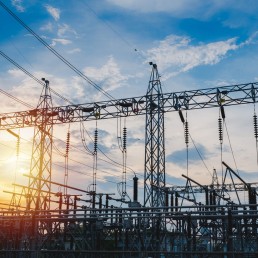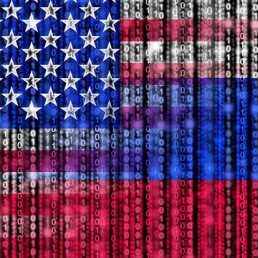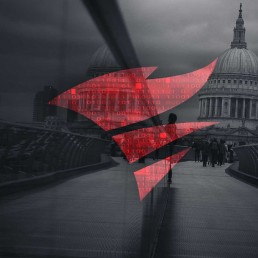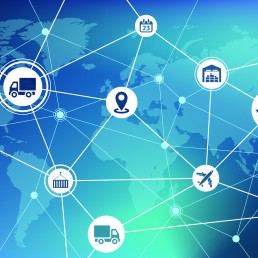Strengthening Electric Grid Resilience Must Be a Priority in Infrastructure Legislation
By Jim Cunningham, executive director, Protect Our Power
As we just saw in Texas, life without electricity spins rapidly into chaos.
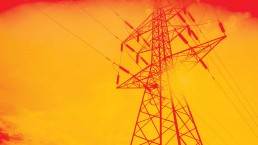
Without electricity, communications break down, cell phones and computers cannot be recharged, and the internet and television cease to operate. Manufacturing stops. Cars, trucks, trains, and airplanes are idled because fuel pumps and charging stations are disabled. Banks and ATMs become inoperable; money is largely inaccessible. Home heating and air conditioning systems no longer work; food and clean water supplies dwindle, and hospitals and other emergency services are largely unavailable.
The need to make our electric grid more resilient is clear, and has been for some time, as the following excerpts illustrate:

"We're getting hacked all the time and attacked all the time… We have to harden our electric grid for protection of our energy system."
Secretary Jennifer Granholm, U.S. Department of Energy, confirmation hearing, Jan. 27, 2021
“If we’re going to add the gigawatts of clean energy to the grid that we need to in order to [have] electric vehicles, in order to accommodate all of the data centers that are being added, we have got to invest…and harden the grid,”
Secretary Jennifer Granholm, U.S. Department of Energy, Feb. 26, 2021

“It's the critical infrastructure. … Whether it's Wall Street, or it’s clean drinking water, whether it's electricity — which is critical; we've learned that from Texas — we've got to be able to make sure that every element of our critical infrastructure has the protective capacity it needs, and that we don't have incidents that can cascade.”
Rep. Yvette Clarke, D-NY,chair, House Homeland Security Cyber Subcommittee, March 8, 2021, when asked “What keeps you up at night?”

“This is not a threat. This is happening now. We are under attack. We are in a very dangerous place, and I just think this has to be an emergency, an urgent situation. I don’t think there’s many more serious threats facing this country than this one.”
Sen. Angus King, I-ME, on the need to make the electric grid more resilient, Feb. 13, 2019

“The warning lights are blinking red again. Today, the digital infrastructure that serves this country is literally under attack. These actions are persistent, they are pervasive and they are meant to undermine America’s democracy.”
Dan Coats, U.S. Director of National Intelligence, July 13, 2018
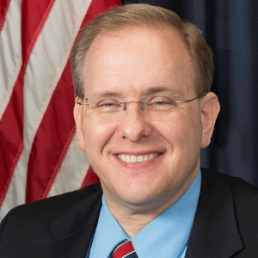
“I often say that cybersecurity is the national and economic security issue of the 21st century. A cyberattack on our electric grid could wipe out large portions of the grid for not just days or weeks, but potentially months.”
Rep. Jim Langevin, D-RI, National Defense University interview, May 15, 2018

The supply chain that feeds hardware, critical equipment and cyber assets into our electric grid has become global in nature, and highly vulnerable to infiltration. And while some utility industry regulators, organizations and individual companies are taking action, including implementation of best practices, gaps in the overall system present a clear and present danger to our national security.”
Gov. Tom Ridge, former Governor of Pennsylvania, first Secretary, U.S. Department of Homeland Security, Feb. 27, 2020

“The power industry, the U.S. government and the American people share a common goal of maintaining a steady, reliable supply of electricity. We also share a common threat that puts our homes, offices, hospitals, factories, food, water, and our EMTs, police and firefighters at risk. If we share a common threat, we must share a common plan to confront that threat and have that in place before we are attacked.”
Gen. Michael V. Hayden, former director of the National Security Agency and former director of the Central Intelligence Agency, Sept. 11, 2020

“No organization, no sector is going to be able to stand on your own against a dedicated adversary of a nation-state capability, so we've all got to work together.”
Christopher Krebs, former director of the DHS Cybersecurity and Infrastructure Security Agency, Sept. 10, 2020, on the need for increased grid security
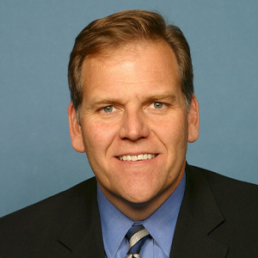
“With a few clicks of the mouse, and in just a few seconds, hackers in Beijing or Moscow could turn off our electricity, millions would lose heat, groceries would spoil, banking machines would not work, and people could not get gasoline. It would be what we have seen down in Texas, but on national scale and with no end in sight. That we have escaped a digital catastrophe thus far is not due to skill. It is due to blind luck and restraint from our adversaries.”
Rep. Mike Rogers, former chairman of the House Intelligence Committee, Feb. 22, 2021

“It is not an exaggeration to suggest that if our supply of electricity is severely reduced or eliminated, our nation will grind to a halt in a matter of days. Studies indicate that in such situations, a large number of deaths are likely, and that a societal breakdown could begin in as little as one week.”
Vice Adm. John Shkor (Ret.), former U.S. Coast Guard Atlantic Area commander, chief counsel of the Coast Guard, and COO for TSA following 9/11, March 30, 2020
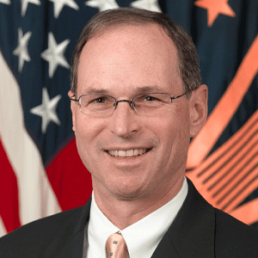
“Given the intensifying threats to Bulk Power System equipment supply chains, DOE and its partners should also create additional layers of defense and develop innovative means to disrupt the use of Bulk Power System supply chains to prepare for and conduct attacks on the grid.”
Dr. Paul Stockton, former Assistant Secretary of Defense for Homeland Defense and Americas’ Security Affairs, member of DOE’s Electricity Advisory Council, managing director, Sonecon, LLC, Securing the Grid From Supply-chain Based Attacks, Sept. 2, 2020
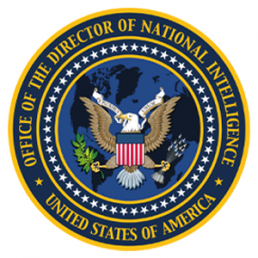
“Despite growing awareness of cyber threats and improving cyber defenses, nearly all information, communication networks, and systems will be at risk for years to come. Cyber threats will pose an increasing risk to public health, safety, and prosperity as information technologies are integrated into critical infrastructure, vital national networks, and consumer devices.”
U.S. National Intelligence Strategy, Jan. 22, 2019

“The U.S. electric system is undergoing rapid changes due to new technologies, efforts to decarbonize, and new patterns of electricity consumption. The nation needs to invest in research to support these changes, including analytical tools to understand how the grid of the future will behave and how operators and policy makers can ensure its continued reliability and resilience.”
The Future of Electric Power in the United States, National Academies of Sciences, Engineering, and Medicine, Jan. 2021

“Economic impacts include direct damage to assets and infrastructure, decline in sales revenue to electricity supply companies, loss of sales revenue to business and disruption to the supply chain. The total impact to the US economy is estimated at $243 billion dollars, rising to more than $1 trillion dollars in the most extreme version of the scenario.”
Business Blackout: Lloyd’s Of London Emerging Risk Report – The Insurance Implications of a Cyber-attack on the U.S. Power Grid, 2015
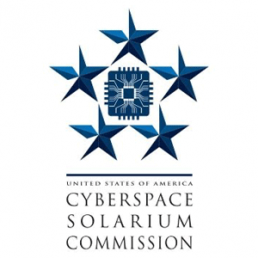
“Resilience—the capacity to withstand and quickly recover from attacks that could cause harm or coerce, deter, restrain, or otherwise shape U.S. behavior—is key to denying adversaries the benefits of their operations and reducing confidence in their ability to achieve their strategic ends. The nation must be sufficiently prepared to respond to and recover from an attack, sustain critical functions even under degraded conditions, and, in some cases, restart critical functionality after disruption.”
Cyberspace Solarium Commission, March 2020
“Absent significant reform, adversaries will continue stealing hundreds of billions of dollars from businesses and individuals, conducting widespread theft of U.S. technologies, and accessing the electrical grid, water treatment facilities, financial institutions, and other critical infrastructure.”
Cyberspace Solarium Commission, March 2020

"Our survey of global electric utilities shows that large, privately owned regulated utilities have more robust cyber risk governance and management practices in place than state-owned or unregulated and not-for-profit peers."
Moody's 2020 survey of utility companies, Nov. 4, 2020

“Attacks on electric utilities can have significant geopolitical, humanitarian, and economic impact. Thus, state-associated actors will increasingly target power and related industries like natural gas to further their goals. One significant threat includes active supply chain compromises by activity groups targeting original equipment manufacturers, third-party vendors, and telecommunications providers. The complete “energy infrastructure sector” (electric, oil and gas, etc.) of all countries are at risk as companies and utilities are facing multiple global adversaries. Cyberattacks are an increasing means to project dominance using cyberattacks in the energy domain.”
North American Electric Cyber Threat Perspective, January 2020, Dragos

“The history of failure in war, or in almost any other human endeavor, can be summed up in two words: ‘too late.’”
Gen. Douglas MacArthur, 1940
These are just a sampling of comments from prominent experts regarding the importance and vulnerability of our electric grid. In addition, numerous independent studies from prestigious institutions such as Harvard/MIT, President’s Council of Economic Advisors, Sandia National Laboratory, National Conference of State Legislatures, and the American Society of Mechanical Engineers all affirm the need to enhance the resiliency of the US electric grid, and this need steadily increases as new technologies and additional devices are connected to the grid.
Congressional action is urgently needed to drive a comprehensive program to upgrade the security and resilience of the electric grid – the most important component of our critical infrastructure and the lifeblood of our economy.
Hardening the grid against ever-increasing attacks and making the grid more resilient so that we can rebound from a successful attack, increases our national and economic security. Without a reliable supply of electricity, we have neither.
For more information, see these Protect Our Power blogs:
Jim Cunningham
Author Bio
